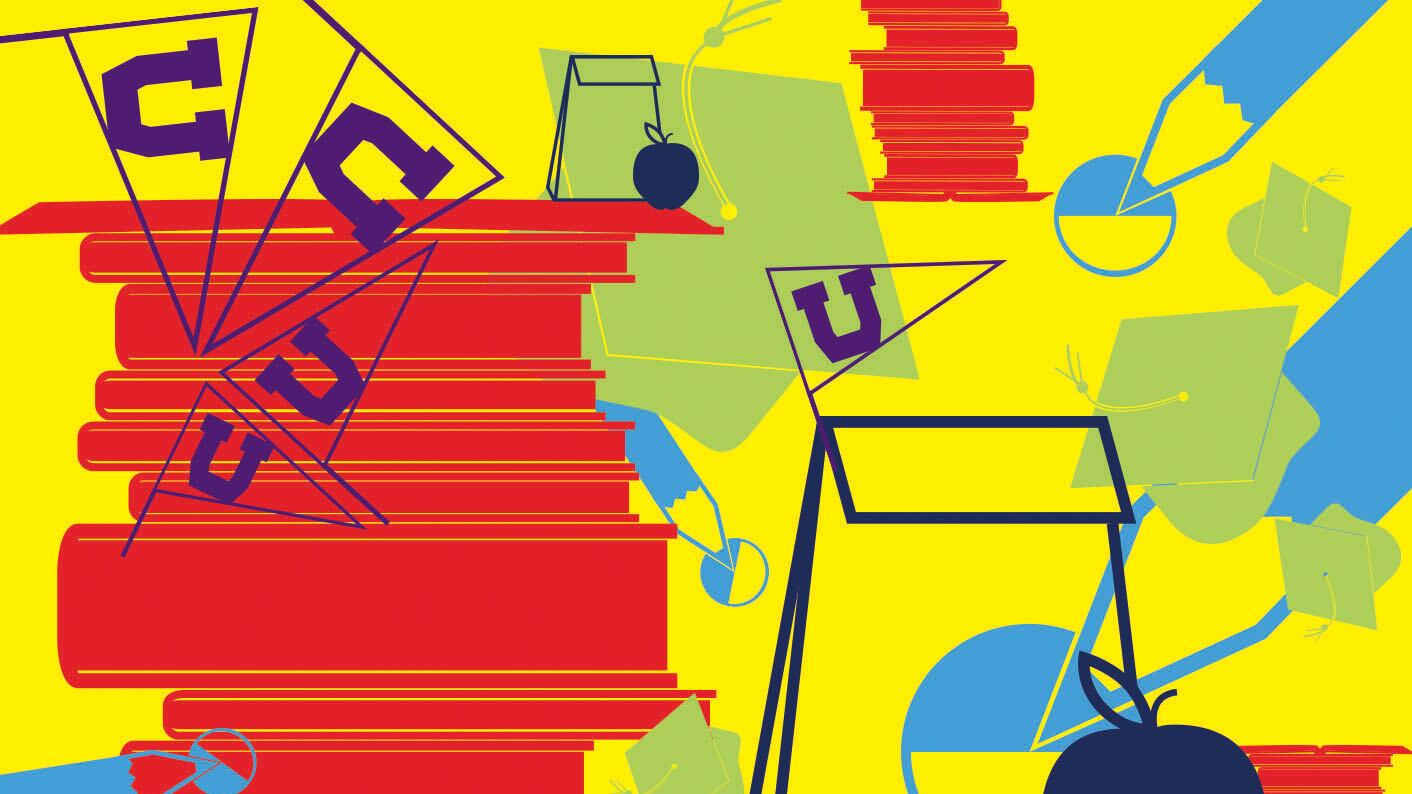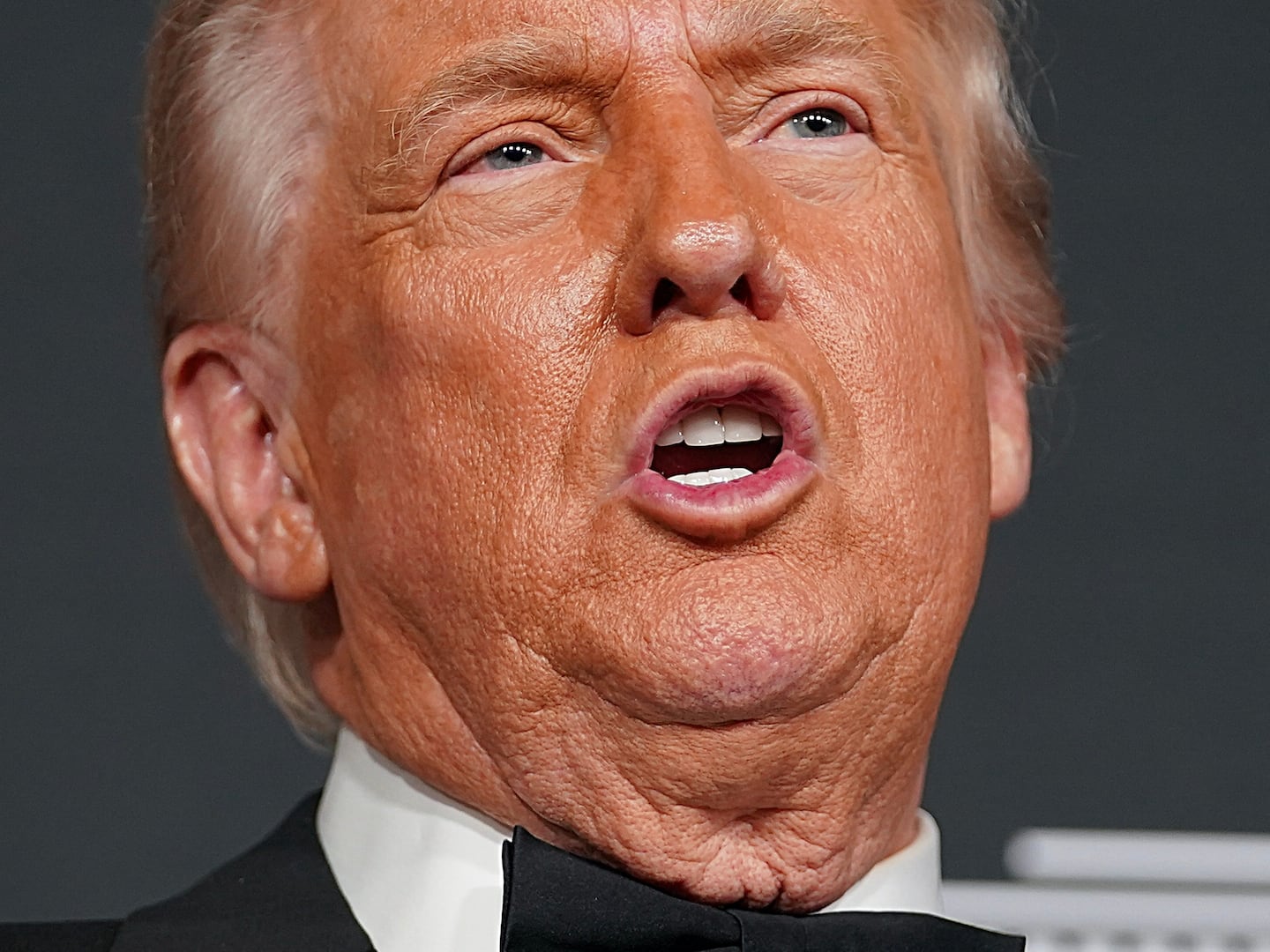The Daily Beast reached out to the nation’s best high schools to find out which were turning out the top students. To come up with our initial pool, we consulted 2012/2013 data from the Department of Education and contacted public schools with above-average graduation rates of at least 85 percent. Around 1,200 public schools completed our survey, then we crunched the numbers further, comparing schools by graduation and college acceptance rates, as well as their academic rigor using AP, IB, and AICE classes and test scores, and finally, student performance on college admission exams, another indicator of a school’s preparation.
For our full high schools coverage, including our breakout lists, click here.

We based our methodology on available statistics from the Department of Education and school surveys, data that is arguably as much an indicator of student quality as of a school’s. These are schools that serve their students well, but are also undoubtedly well-served by their students’ socioeconomic status, parental involvement, and prior school experiences.
Even with that caveat, the over 700 schools that make up our final list deserve high praise for providing an academically rigorous program for the most students, while best preparing them for college.
Here’s the breakdown of how we arrived at our final list.
Four-Year Cohort graduation rate (30 percent)
This rate, introduced by the National Governors Association (NGA) and required by the Department of Education, tracks the percentage of students who graduate in four years or less. Schools calculated this rate by dividing the total number of graduates in 2013 by the first-time ninth graders in 2009, plus transfers in, and minus transfers out. This formula excludes students who take longer than four years to earn their diploma, and GEDs and other special diplomas.
College Acceptance Rate (30 percent)
Schools self-reported the number of students who were accepted to two- or four-year colleges immediately following graduation. We divided by total graduates to find the percentage of students who were college-bound.
Rigor/College Preparedness (30 percent)
Three data points made up this category, each weighted equally. First, we looked at the number of students enrolled in AP, IB, or AICE courses, turning that number into a school-wide enrollment rate. We then used test participation rates in those classes to determine the access to opportunity provided by each school as well as the the percentage of satisfactory scores on those tests to measure how successful students were in their endeavors.
College-Entrance Exams (10 percent)
We took the average SAT or ACT scores, based on the primary testing method reported by each school. When students took both exams, we calculated scores for both test type and weighted them both 5 percent.
We standardized scores in each category then applied the weights indicated above to arrive at our final results.
This is the Daily Beast's first high school list and it isn't exhaustive. Ninety percent of the schools we contacted returned a survey, some of which were too incomplete to consider, and more self-reports contained information that was clearly incorrect. Surveys were assessed for outliers and inconsistencies and messy data was reconciled by contacting individual schools. Schools that didn’t respond to requests for clarification in time for publication were disqualified. Because the data was self-reported and participation was voluntary, it’s likely we’ve missed some of the best schools. If your school isn’t represented, and you think it should be, contact us at besthighschools@thedailybeast.com for consideration next year.
RELATED STORIES:






